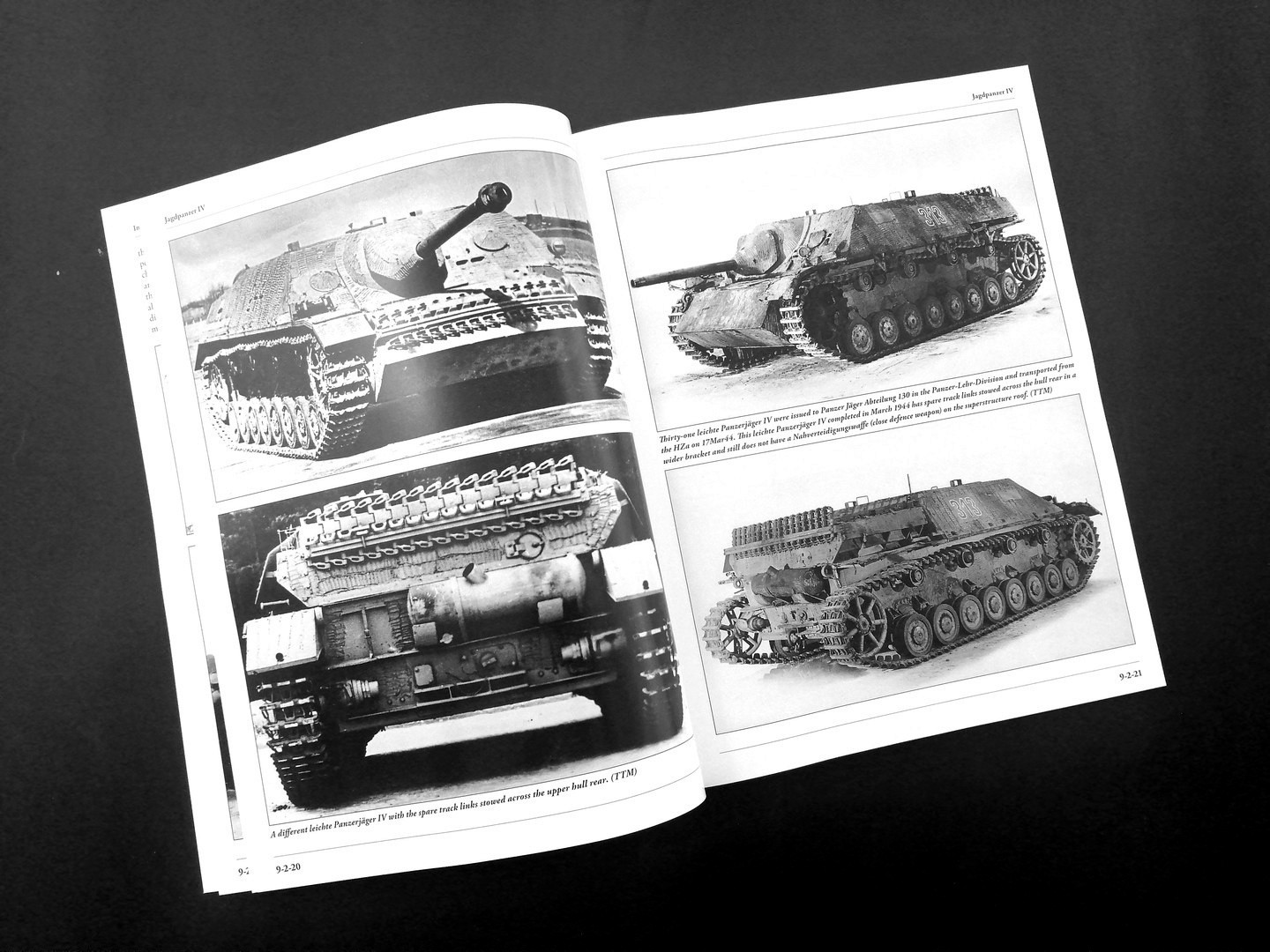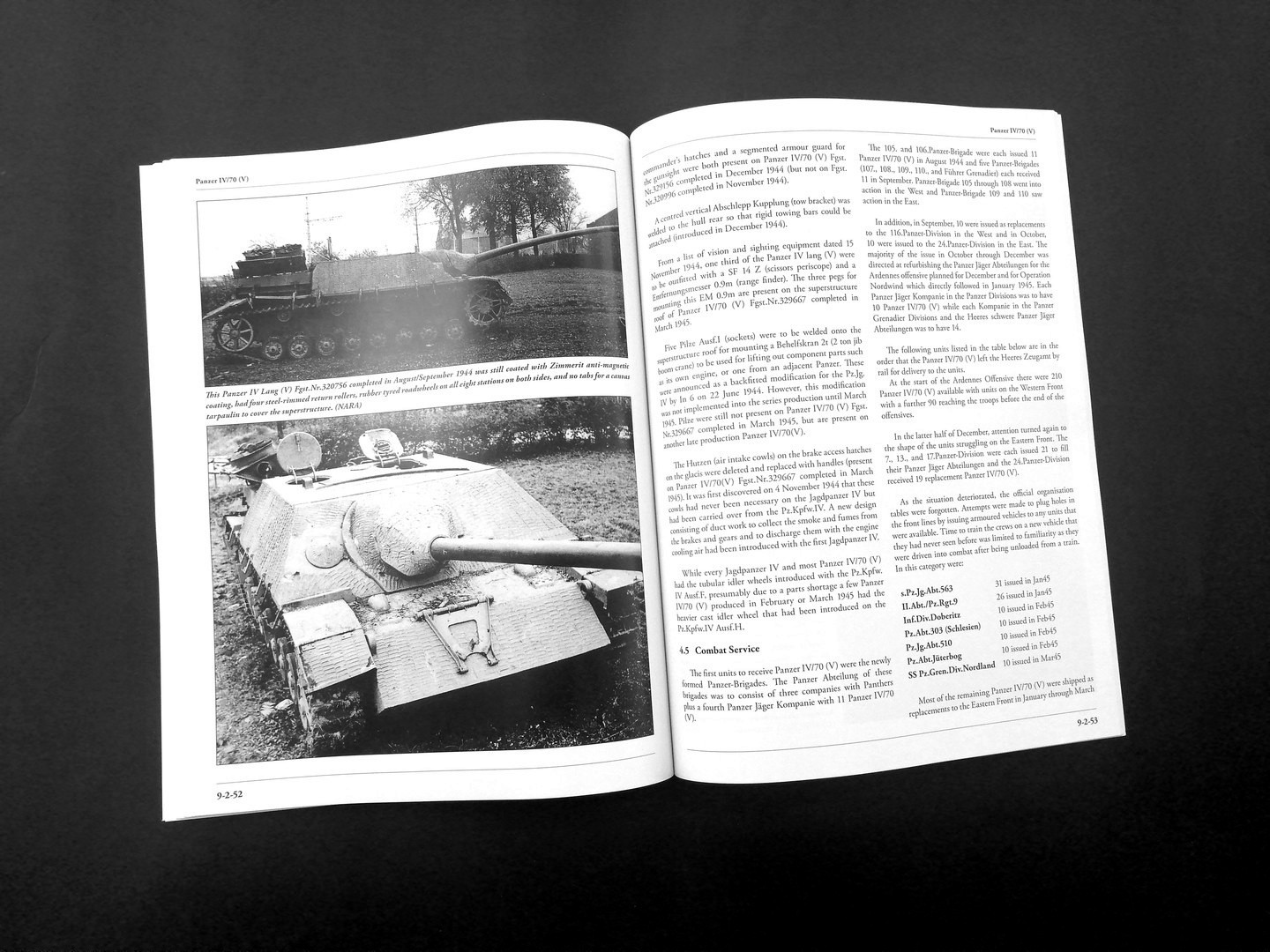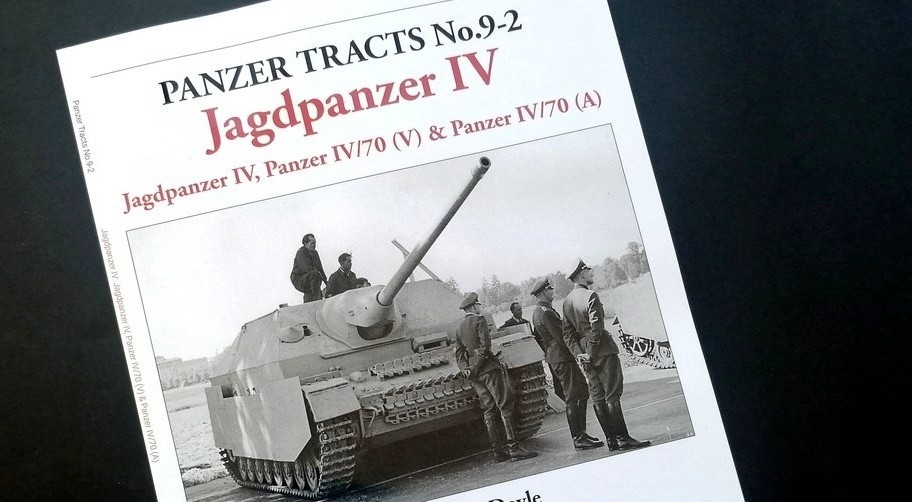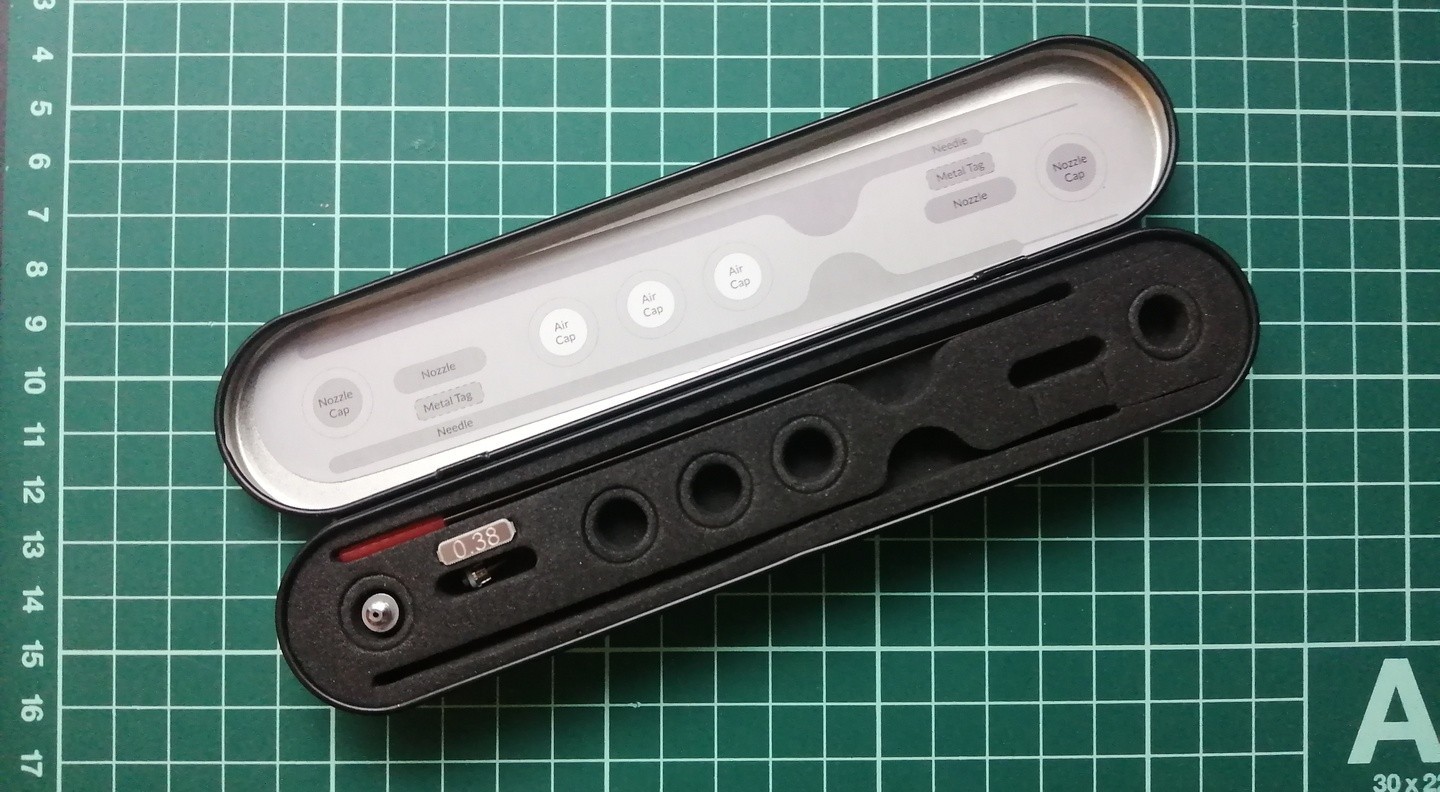Volume 9-2 of the Panzer Tracts series, dedicated to the Jagdpanzer IV, has also recently been reissued by Panzerwrecks.
It is a book in portrait, letter-size format, printed on glossy paper with 80 pages. The book focuses on the German tank destroyers Jagdpanzer IV, Panzer IV/70 (V) and Panzer IV/70 (A). In addition to the detailed text, it is extensively illustrated with a large number of photos. These are of good size, usually two per page, showing both general views and details. All the photos are of high quality, in many cases taken at the factory, making them ideal for checking. There are also some photos taken in museums or after the vehicles have been captured.
The photos are accompanied by captions that provide further information.
As in all Panzer tracks books, there are also 15 pages of plans, as well as various tables with production and unit assignment information.

The book is divided into five chapters, the first being a brief two-page introduction explaining the origin of the Jagdpanzer IV and the methodology followed in the book.
As is characteristic of the series, it is based solely on original documents of the period and direct measurements of preserved vehicles or parts.
The second chapter deals with the Jagdpanzer IV armed with the Pak 39 L/48. There is a detailed description of its development and vehicle characteristics, as well as the production including a table of planned and actual monthly figures. There is also a month-by-month description of the modifications introduced. This is followed by 23 pages of photos, including prototypes.

The combat services section briefly describes how these tanks were distributed as well as an indication of the units available to engage the Allies in June 1944 after the Normandy landings, as well as for the Ardennes offensive or the Italian front.
There is a table showing the units assigned to each Abteilung and which Division the Abteilung belonged to, as well as the inventory of operational Jagdpanzer IVs as of 30 December 1944 and in which unit.

The second chapter contains all the vehicle plans in the book. On 15 pages there are five 1/35 views of the Jagdpanzer IV in November 1943 and May 1944 and July 1944. The Panzer IV/70 (V) in October 1944 and March 1945 and the Panzer IV/70 (A) in January 1945.
All include a two-metre straight line for reference in case there was any distortion during printing.
This series of drawings are highly reliable and allow the models to be checked and visually compared the differences between versions. The last three pages are of various parts such as antenna bases, gun mounts, tools or schurzen mounts among others. All of them are 1/10 scale which allows to see a greater detail or to use them for a 3D parts design, although they are less useful for the traditional 1/35 scratchbuilding as they cannot be used directly.
In these specific plans the parts are isolated and not as part of the tank so they are presented in straight planes thus not distorted by perspective and allowing direct measurements.

The third chapter deals with the Panzer IV/70 (V), developed by Vomag, and again details its beginnings, characteristics, production and modifications. There is a table of production by month and the various changes are arranged chronologically, from the removal of the zimmerit, addition of sockets for 2-ton jib boom crane and more.
The combat services lists units that received this variant and when, plus two reports from a platoon leader and an Abteilung Commander. There are numerous and very clear photos, as always, of the initial pre-production vehicle with zimmerit and of later ones. At the end of the chapter there is a more complete table with the assignments per day to units.
The fourth and final chapter is devoted to the Alkett-designed Panzer IV/70 (A), again with its genesis, features and production. Despite its small numbers and production period, there were some modifications which are detailed in the text.
In the combat services there is a table of daily unit allocations in 1945. Photos are more scarce, but still with good coverage of the early model and some of production ones, mostly abandoned .

New features
In this reprint by Panzerwrecks we see the improved aesthetics that have already appeared in the rest of the reprinted volumes such as clearer typography and tables, processed photos for better quality, bound spine (not stapled) or glossy paper among others. In addition, four pages and 11 photos have been added, as well as revised plans and new views of the Kugellager 'Vorsatz P'.
Conclusion
This book is an essential reference for all three Jagdpanzer IV models thanks to the use of original sources, high quality photos, and detailed plans to 1/35 and 1/10. The text is readable and comprehensive without being excessive, with frequent quotations from reports and meetings. The photos complement it, with informative captions, and the plans are an extremely useful visual summary to see differences between vehicles and versions or to check details. A book that lives up to the reputation of Panzer Tracts and Panzerwrecks.



























